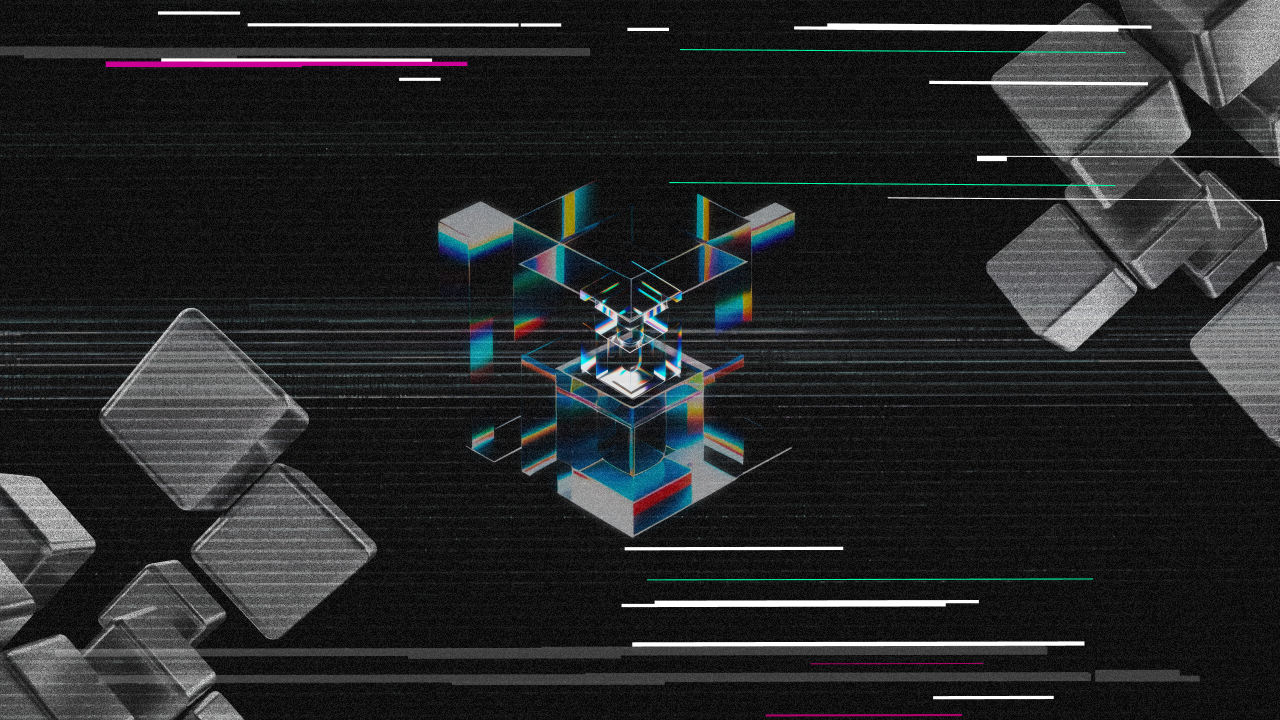Blockchain Trilemma: Why You Can’t Have It All

At the core of nearly every technical and strategic decision in blockchain lies a challenge famously framed by Vitalik Buterin in 2017: the blockchain trilemma. This concept explains why even the most advanced networks face fundamental trade-offs. The trilemma asserts that a blockchain can only achieve two out of three properties simultaneously — security, decentralization, and scalability. Striking a perfect balance between all three remains one of the industry’s most significant unsolved problems.
Understanding the trilemma is essential for Web3 founders launching products, managing DAOs, or deploying tokens. Your choice of blockchain, tech stack, and architecture directly reflects your project’s priorities and ultimately determines whether your network can grow, remain secure, and retain user trust.
The Trilemma Explained: Three Pillars, Two Choices
To understand why the trilemma exists, it helps to define its three components:
- Decentralization means the network isn’t controlled by any single party, enhancing censorship resistance and open participation.
- Security ensures that data cannot be altered, and the network can defend against attacks.
- Scalability refers to the ability to process a high volume of transactions quickly and affordably, especially as demand grows.
Each is vital, but optimizing all three at once is nearly impossible in practice. Take Bitcoin, for example: It is highly decentralized and secure, allowing anyone to run a node and validate transactions. But it processes only around 7 transactions per second. Ethereum historically faced similar limitations until its transition to Proof of Stake and introduction of Layer-2 solutions shifted the focus toward scalability.
On the other end of the spectrum, chains like Solana or Aptos prioritize speed and throughput, but often face criticism over centralization and validator reliability.
This is the core of the trilemma: architectural and economic constraints force trade-offs. Yet, the industry continues to explore new solutions that aim to soften — if not entirely solve — this conflict.
Why the Trilemma Is So Hard to Solve
A decentralized network requires time and computation to reach consensus among participants. The more nodes involved, the more robust the system becomes and the slower it becomes. Security demands rigorous validation and attack resistance, like PoW's energy-intensive computations, which further slow things down.
Scalable systems, by contrast, typically streamline decision-making and reduce the number of participants. That makes them faster, but also more centralized. Add token incentives, decentralized storage, and network governance into the mix, and you face an architectural dilemma that’s extremely difficult to optimize without compromise.
The trilemma is not just a technical problem — it’s also philosophical and political. Every project reflects its beliefs, governance model, growth strategy, and user expectations. Some founders sacrifice scalability for trust. Others trade decentralization for UX. Each decision influences how users, developers, and investors perceive the project.
How Blockchains Are Tackling the Trilemma
Despite the limitations, blockchain ecosystems are actively pursuing ways to balance all three factors.
Layer-2 solutions are among the most widely adopted. These protocols process transactions off-chain and settle the results on the leading network, preserving its security and decentralization while massively improving throughput. Examples include the Lightning Network for Bitcoin and Arbitrum or Optimism for Ethereum.
Another method is sharding, which involves splitting a blockchain into parallel chains (shards) that handle transactions independently. This increases scalability without sacrificing decentralization. Ethereum plans to implement full sharding post-merge as part of its long-term roadmap.
Multichain architectures take a different approach. Projects like Polkadot and Cosmos enable independent blockchains to communicate via a shared protocol. Each chain can customize its consensus model, optimizing for speed, security, or governance while remaining interoperable.
Finally, some blockchains experiment with hybrid consensus models, combining Proof of Stake, validator committees, delegated voting, and social trust layers. These models may not be universal, but they allow flexibility in specific use cases — from corporate blockchains to Web3 games and custodial networks.
What It Means for Web3 Founders
Every Web3 project must make trade-offs.
- If you’re building a DeFi protocol, security and decentralization likely take precedence over speed.
- Low fees and scalability might be more critical if you launch a blockchain game.
- If you're issuing a token, examine how the host chain addresses the trilemma, the maturity of its Layer-2s, and the decentralization of its validator set.
Early-stage infrastructure decisions shape long-term scalability and credibility. Misjudging the architecture can lead to bottlenecks, security flaws, or lost user trust. That’s why a deep understanding of the trilemma — and a conscious strategy for addressing it — should be part of every Web3 startup’s development roadmap.
Final Thoughts
The blockchain trilemma isn’t a temporary roadblock — it’s a fundamental design challenge. Security, decentralization, and scalability are essential, but achieving all three simultaneously remains extremely difficult. Modern technologies like Layer-2s, sharding, multichain frameworks, and hybrid consensus models are narrowing the gap, but the need for trade-offs hasn’t gone away.
At Cware Labs, we help Web3 teams navigate these decisions — from ecosystem analysis and consensus modeling to selecting the proper infrastructure for your MVP or scaling phase. Talk to us if you’re launching a crypto product and want to build resilient architecture without overloading or compromising your core values.
Follow Cware Academy for expert articles on Layer-2 solutions, sharding, multichain strategies, and the future of decentralized systems.
